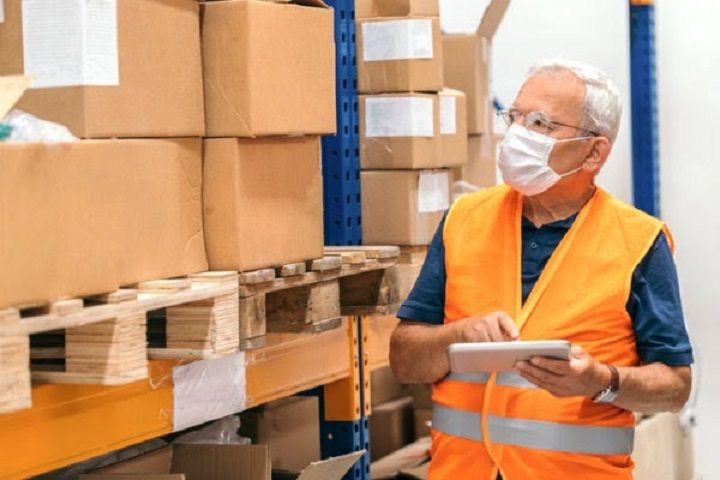Depart
The global pandemic has shown the importance of contingency plans for packaging procurement
This time last year, procurement professionals were beginning to contend with disruptions brought on by the COVID-19 pandemic. The global catastrophe would turn 2020 into a year plagued with uncertainty and delay. According to a recent survey, nearly 75% of companies report supply chain disruptions in some capacity due to coronavirus-related transportation restrictions.
The ripple effect of these disruptions left many organizations re-examining their expectations for the future in more ways than one. In the same survey, 16% of the companies reported downward adjustments to their revenue targets as a direct result of coronavirus disruptions一down about 5.6%, on average.
Despite a challenging year, many procurement managers are approaching the new year with optimism and a supply chain contingency plan to prepare for a post-pandemic future. The challenge is turning the lessons learned last year into a resilient and adaptable packaging procurement strategy for 2021 and beyond.
5 Steps to Pandemic-Proof Your Packaging Procurement
Step 1: Create Transparency for Your Supply Chain Contingency Plan
The key to creating a supply chain contingency plan is knowing where the risk exists. It’s impossible to spot vulnerabilities without a good understanding of what your entire packaging supplier network looks like. Chances are, your supplier network extends far beyond Tier 1.
Ultimately, this necessitates a readiness and risk assessment of your current packaging suppliers. Reliable quantitative and qualitative data from your Tier 1 suppliers will play a critical role in this risk assessment, so be prepared to ask direct questions about their supplier networks to identify possible vulnerabilities.

Step 2: Estimate available inventory within your supply chain
In the years that follow the COVID-19 pandemic, disruptions within your supply chain will be inevitable. Your supply chains will need to be capable of operating despite the unexpected. In some cases, that means relying on packaging inventory along the value chain.
When gathering data at this stage, consider the following:
1. Materials or packaging in transit
2. Finished packaging held for sales, QA or testing
3. Stock with distributors and dealers
Step 3: Assess realistic final-customer demand and adjust your packaging strategy accordingly
The COVID-19 pandemic was a jarring introduction to the bullwhip effect for many packaging stakeholders caught off guard by unexpected fluctuations in consumer demand. These fluctuations proved to be a massive challenge for packaging decision-makers, all of whom lacked historical data on which to base adjustments to their pandemic-era procurement strategy.
Navigating these new industry challenges requires a better understanding of what constitutes a true versus artificial shift in consumer demand in your organization, along with the metrics that are best equipped to help you analyze and develop strategy against it.
In the absence of a reliable demand signal, there are a variety of internal data sources that can help you assess future consumer demand, including (but not limited to):
1. Recent sales and shipment data
2. Direct-to-consumer communication channels
3. Post-purchase and customer support data
Step 4: Optimise your production and distribution capacity to ensure employee safety
Optimising your packaging supply chain amid an ongoing pandemic begins with ensuring employee safety. In scenarios when working from home is not an option (as is the case with many essential warehousing role this might necessitate the supply of personal protective equipment (PPE) or enhanced disinfection processes to keep employees safe while at work on-site.
Step 5: Identify and secure logistics capacity and optimise your packaging strategy where possible
An erratic 2020 proved to be a stress test for logistics and supply chains alike, as unprecedented shifts in buying patterns gave rise to a proliferation of same-day delivery startups and added new layers of complexity (and competition) to shipping logistics..
Packaging procurement plays a crucial role in your organisation’s COVID-19 continuity plan. Your ability to adapt and respond to unexpected changes in your packaging supply chain could have a significant cost-saving impact on your company when it’s needed most. The cost of unoptimised packaging is profound, so consider how investing in your packaging procurement strategy now could position you for significant savings down the line. In addition to cost benefits, having a reliabl

"Pandemic- Proof" Contingency Planning for Packaging Porcurement
Packaging